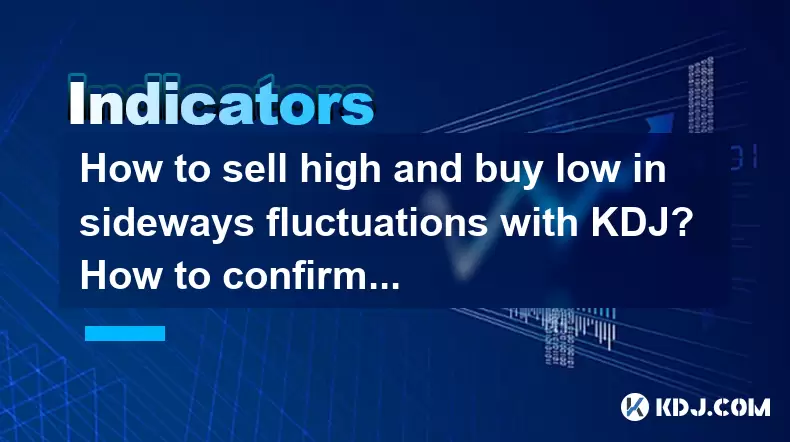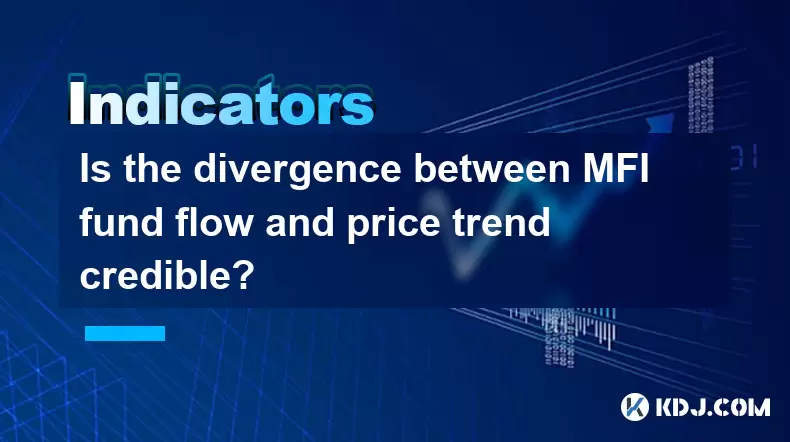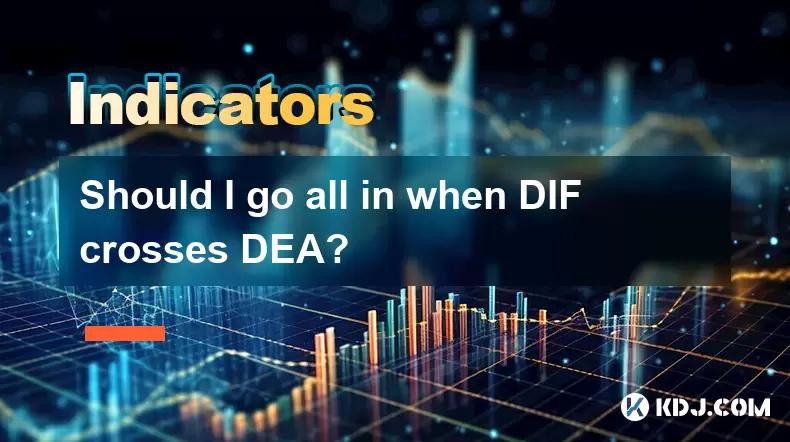-
 Bitcoin
Bitcoin $119300
1.07% -
 Ethereum
Ethereum $3730
3.87% -
 XRP
XRP $3.235
0.29% -
 Tether USDt
Tether USDt $1.000
0.00% -
 BNB
BNB $783.5
1.88% -
 Solana
Solana $188.7
0.25% -
 USDC
USDC $0.0000
-0.01% -
 Dogecoin
Dogecoin $0.2399
-0.44% -
 TRON
TRON $0.3157
2.37% -
 Cardano
Cardano $0.8254
1.94% -
 Hyperliquid
Hyperliquid $42.83
0.14% -
 Stellar
Stellar $0.4372
3.21% -
 Sui
Sui $3.859
4.91% -
 Chainlink
Chainlink $18.53
3.53% -
 Hedera
Hedera $0.2464
0.01% -
 Bitcoin Cash
Bitcoin Cash $519.8
2.46% -
 Avalanche
Avalanche $24.24
2.17% -
 Litecoin
Litecoin $113.7
0.73% -
 UNUS SED LEO
UNUS SED LEO $8.990
0.30% -
 Shiba Inu
Shiba Inu $0.00001390
0.21% -
 Toncoin
Toncoin $3.188
1.49% -
 Ethena USDe
Ethena USDe $1.001
0.02% -
 Polkadot
Polkadot $4.090
-0.91% -
 Uniswap
Uniswap $10.40
4.08% -
 Monero
Monero $326.6
3.12% -
 Bitget Token
Bitget Token $4.627
-0.42% -
 Pepe
Pepe $0.00001281
0.76% -
 Dai
Dai $1.000
0.01% -
 Aave
Aave $291.6
0.98% -
 Cronos
Cronos $0.1269
7.26%
How to sell high and buy low in sideways fluctuations with KDJ? How to confirm the breakthrough of the box?
Use the KDJ indicator to buy low when oversold and sell high when overbought in sideways crypto markets, confirming breakouts with volume for better trading success.
May 22, 2025 at 06:21 pm

In the dynamic world of cryptocurrency trading, mastering the art of buying low and selling high can significantly enhance your trading success, especially during sideways market movements. One of the technical indicators that traders often use to achieve this is the KDJ indicator. This article will delve into how you can utilize the KDJ indicator to buy low and sell high during sideways fluctuations and how to confirm a breakout from a trading box.
Understanding the KDJ Indicator
The KDJ indicator, also known as the Stochastic Oscillator, is a momentum indicator used to gauge the overbought or oversold conditions of a cryptocurrency. It consists of three lines: the K line, the D line, and the J line. The K line measures the current price's position relative to the high-low range over a given period. The D line is a moving average of the K line, and the J line is a derivative of the K and D lines, used to provide early signals.
The KDJ indicator can be particularly useful in identifying potential reversal points in a sideways market.
Using KDJ to Buy Low in Sideways Markets
To buy low using the KDJ indicator in a sideways market, you need to look for specific signals that suggest the cryptocurrency might be oversold and ready for a price increase.
- Monitor the KDJ lines for oversold conditions: An oversold condition is typically indicated when the K line crosses below the D line and both lines are below the 20 level on the KDJ chart. This suggests that the selling pressure may be exhausted, and a price increase could be imminent.
- Confirm with price action: Look for the price to approach the lower boundary of the sideways range. If the price bounces off this level while the KDJ indicates an oversold condition, it could be a good entry point.
- Set your buy order: Once you have confirmed the oversold condition and the price action, you can place a buy order slightly above the recent low to ensure you enter the trade as the price begins to rise.
Using KDJ to Sell High in Sideways Markets
Selling high in a sideways market involves identifying overbought conditions that suggest the cryptocurrency might be due for a price decrease.
- Watch for overbought signals: An overbought condition is indicated when the K line crosses above the D line and both lines are above the 80 level on the KDJ chart. This suggests that the buying pressure may be exhausted, and a price decrease could be imminent.
- Check the price action: Look for the price to approach the upper boundary of the sideways range. If the price starts to pull back from this level while the KDJ indicates an overbought condition, it could be a good time to sell.
- Place your sell order: Once you have confirmed the overbought condition and the price action, you can place a sell order slightly below the recent high to ensure you exit the trade as the price begins to fall.
Confirming a Breakout from a Trading Box with KDJ
A trading box, or a range-bound market, is characterized by a clear upper and lower boundary where the price oscillates. Confirming a breakout from this box can be crucial for traders looking to capitalize on larger price movements.
- Identify the boundaries: Clearly define the upper and lower boundaries of the trading box. This can be done by observing historical price action and drawing horizontal lines at the points where the price has consistently been rejected.
- Watch for a false breakout: Sometimes, the price may temporarily break out of the box but then revert back inside. These false breakouts can be identified if the KDJ lines quickly reverse direction after the initial breakout.
- Confirm the breakout with KDJ: A true breakout is often confirmed when the KDJ lines continue to move in the direction of the breakout. For an upward breakout, the KDJ lines should continue to rise and stay above the 50 level. For a downward breakout, the KDJ lines should continue to fall and stay below the 50 level.
- Volume confirmation: In addition to the KDJ, confirm the breakout with increased trading volume. A significant increase in volume during the breakout suggests strong market interest and increases the likelihood of a sustained move.
Practical Example of Using KDJ in a Sideways Market
Let's consider a practical example of using the KDJ indicator to trade a cryptocurrency like Bitcoin in a sideways market.
- Scenario: Bitcoin has been trading within a range of $29,000 to $31,000 for the past month.
- Buying low: You notice that the K line crosses below the D line, and both are below the 20 level as the price approaches $29,000. The price then bounces off this level, confirming the oversold condition. You place a buy order at $29,100, slightly above the recent low.
- Selling high: As the price rises to $31,000, the K line crosses above the D line, and both are above the 80 level, indicating an overbought condition. The price starts to pull back from this level. You place a sell order at $30,900, slightly below the recent high.
- Breakout confirmation: If the price breaks above $31,000 with the KDJ lines continuing to rise and staying above the 50 level, and there is a significant increase in trading volume, you can confirm the breakout and potentially enter a new long position.
Combining KDJ with Other Indicators
While the KDJ indicator can be a powerful tool, combining it with other technical indicators can enhance your trading strategy and provide more robust signals.
- Moving Averages: Use moving averages to identify the overall trend. If the price is above a long-term moving average, it suggests a bullish trend, and vice versa. This can help you decide whether to follow the KDJ signals.
- Relative Strength Index (RSI): The RSI can be used to confirm overbought and oversold conditions indicated by the KDJ. If both the KDJ and RSI are in agreement, it increases the reliability of the signal.
- Volume: Always consider volume when confirming breakouts. A breakout accompanied by high volume is more likely to be sustained.
Frequently Asked Questions
Q: Can the KDJ indicator be used effectively in trending markets as well?
A: Yes, the KDJ indicator can be used in trending markets, but it is most effective when combined with trend-following indicators like moving averages. In a strong uptrend, for example, you might look for buying opportunities on dips when the KDJ indicates an oversold condition, while respecting the overall bullish trend.
Q: How often should I check the KDJ indicator during a trading session?
A: The frequency of checking the KDJ indicator depends on your trading style. For day traders, checking every 15 minutes to an hour can be beneficial. For swing traders, checking once or twice a day might be sufficient. Always consider the timeframe of your trading strategy when deciding how often to monitor the indicator.
Q: Are there any common pitfalls to avoid when using the KDJ indicator?
A: One common pitfall is relying solely on the KDJ indicator without confirming signals with other tools. False signals can occur, especially in choppy markets. Always use additional indicators and price action analysis to validate KDJ signals. Another pitfall is overtrading based on minor KDJ fluctuations, which can lead to unnecessary transaction costs and losses.
Q: Can the KDJ indicator be used for all cryptocurrencies, or is it better suited for specific ones?
A: The KDJ indicator can be used for all cryptocurrencies, but its effectiveness may vary depending on the liquidity and volatility of the specific cryptocurrency. For highly liquid and widely traded cryptocurrencies like Bitcoin and Ethereum, the KDJ indicator tends to provide more reliable signals. For less liquid cryptocurrencies, the signals may be less reliable due to increased volatility and lower trading volume.
Disclaimer:info@kdj.com
The information provided is not trading advice. kdj.com does not assume any responsibility for any investments made based on the information provided in this article. Cryptocurrencies are highly volatile and it is highly recommended that you invest with caution after thorough research!
If you believe that the content used on this website infringes your copyright, please contact us immediately (info@kdj.com) and we will delete it promptly.
- NFTs, Trademarks, and Judgments: A New York Minute on the Yuga Labs Case
- 2025-07-25 12:30:11
- Bitcoin, Jim Cramer, and the US Deficit: A Wall Street Story
- 2025-07-25 10:30:11
- TGEs, Scalability & Privacy Tech: Decoding the Future of Blockchain
- 2025-07-25 10:30:11
- Crypto Payroll Revolution: How Stablecoins are Changing the Salary Game
- 2025-07-25 12:30:11
- Ben Askren, FUNKY Memecoin, and the Fallout: A New York Minute
- 2025-07-25 10:50:11
- TRON, Crypto Payroll, and Stablecoins: A New York Minute on the Future of Finance
- 2025-07-25 08:30:11
Related knowledge

Is the divergence between MFI fund flow and price trend credible?
Jul 25,2025 at 12:01pm
Understanding MFI and Fund Flow in Cryptocurrency MarketsThe Money Flow Index (MFI) is a technical oscillator that combines price and volume to assess...

Should I go all in when DIF crosses DEA?
Jul 25,2025 at 12:42am
Understanding DIF and DEA in MACD AnalysisWhen traders analyze DIF and DEA in the context of the Moving Average Convergence Divergence (MACD) indicato...

Should I go all in when the upper edge of the box is broken?
Jul 25,2025 at 01:50am
Understanding the 'Box' in Cryptocurrency Price ChartsThe term 'box' in cryptocurrency trading typically refers to a price consolidation range where t...

Should I go all in when the parabolic turning signal appears?
Jul 25,2025 at 06:36am
Understanding the Parabolic Turning Signal in Crypto TradingThe parabolic turning signal is a technical indicator derived from the Parabolic SAR (Stop...

Should I follow up with a full position when the trading volume suddenly increases?
Jul 25,2025 at 12:28am
Understanding Sudden Increases in Trading VolumeA sudden spike in trading volume often signals heightened market activity and can indicate that new in...

Which indicator is more accurate when paired with the K-line and pregnancy line combination?
Jul 25,2025 at 05:43am
Understanding the K-Line and Pregnancy Line CombinationThe K-line, also known as the Japanese candlestick chart, is a foundational tool in technical a...

Is the divergence between MFI fund flow and price trend credible?
Jul 25,2025 at 12:01pm
Understanding MFI and Fund Flow in Cryptocurrency MarketsThe Money Flow Index (MFI) is a technical oscillator that combines price and volume to assess...

Should I go all in when DIF crosses DEA?
Jul 25,2025 at 12:42am
Understanding DIF and DEA in MACD AnalysisWhen traders analyze DIF and DEA in the context of the Moving Average Convergence Divergence (MACD) indicato...

Should I go all in when the upper edge of the box is broken?
Jul 25,2025 at 01:50am
Understanding the 'Box' in Cryptocurrency Price ChartsThe term 'box' in cryptocurrency trading typically refers to a price consolidation range where t...

Should I go all in when the parabolic turning signal appears?
Jul 25,2025 at 06:36am
Understanding the Parabolic Turning Signal in Crypto TradingThe parabolic turning signal is a technical indicator derived from the Parabolic SAR (Stop...

Should I follow up with a full position when the trading volume suddenly increases?
Jul 25,2025 at 12:28am
Understanding Sudden Increases in Trading VolumeA sudden spike in trading volume often signals heightened market activity and can indicate that new in...

Which indicator is more accurate when paired with the K-line and pregnancy line combination?
Jul 25,2025 at 05:43am
Understanding the K-Line and Pregnancy Line CombinationThe K-line, also known as the Japanese candlestick chart, is a foundational tool in technical a...
See all articles

























































































